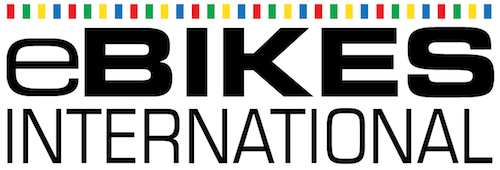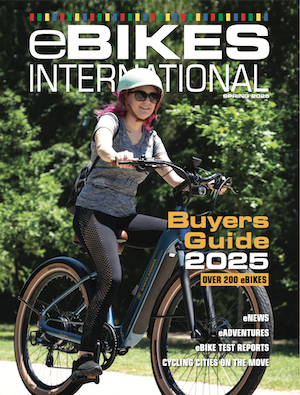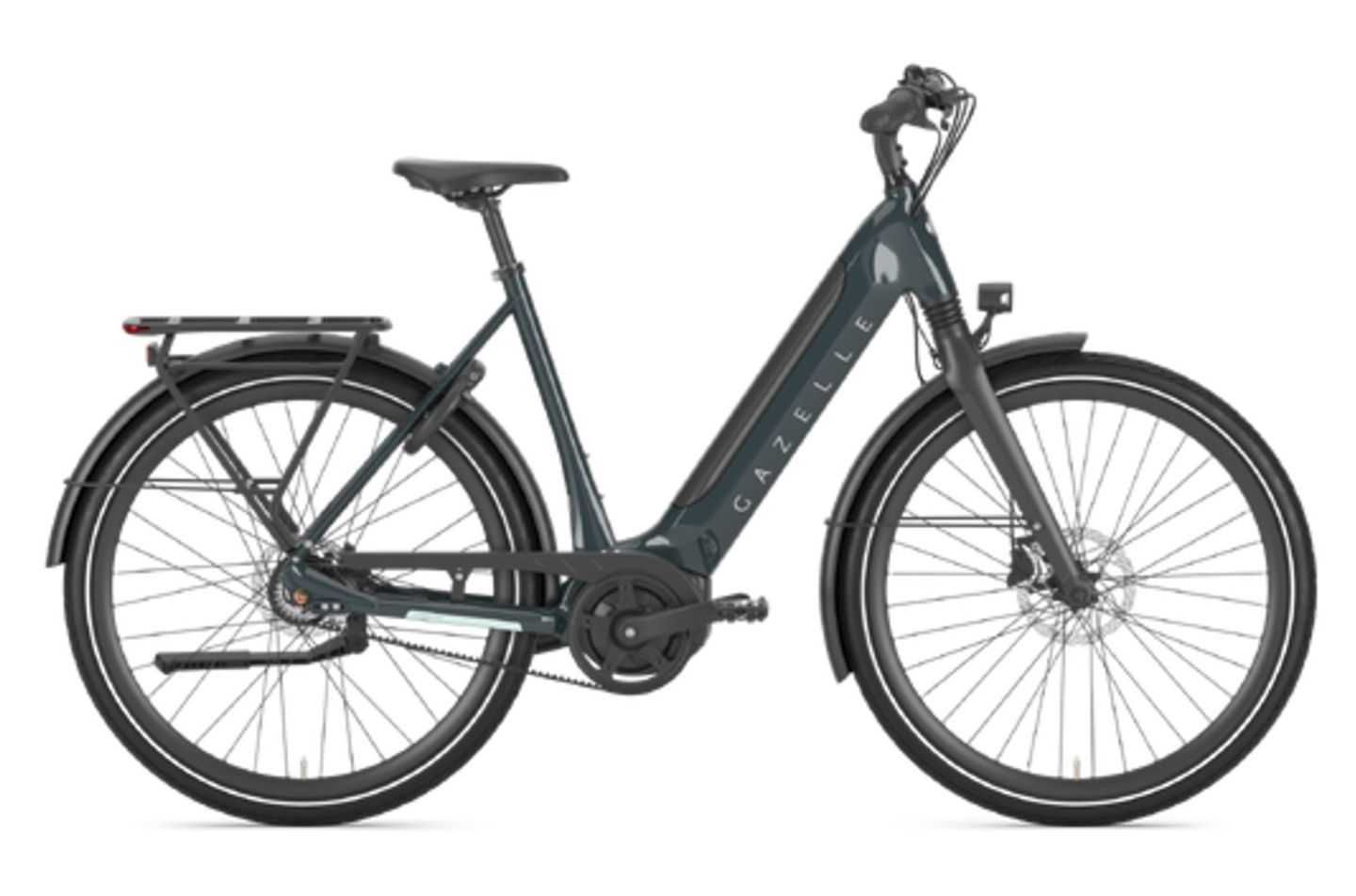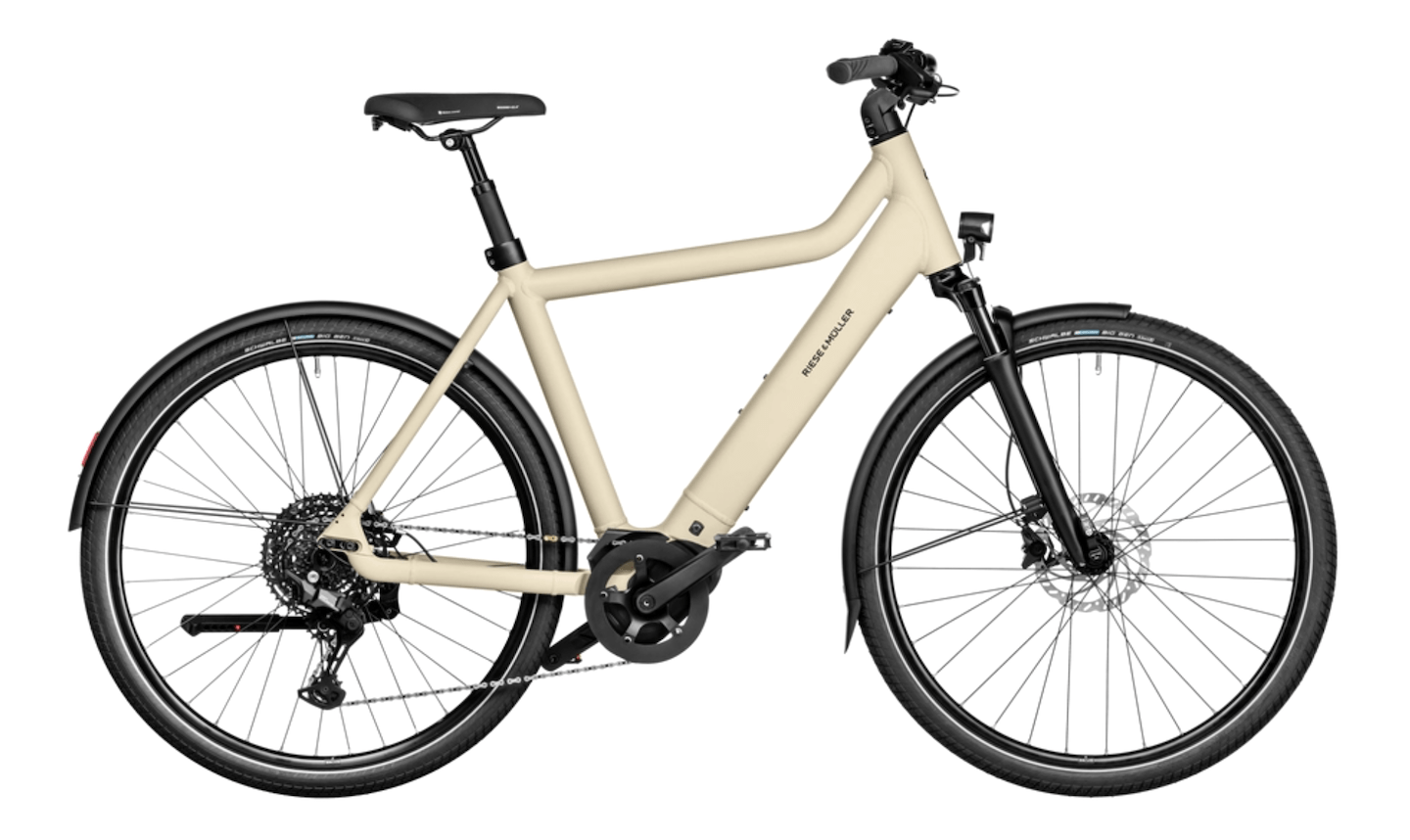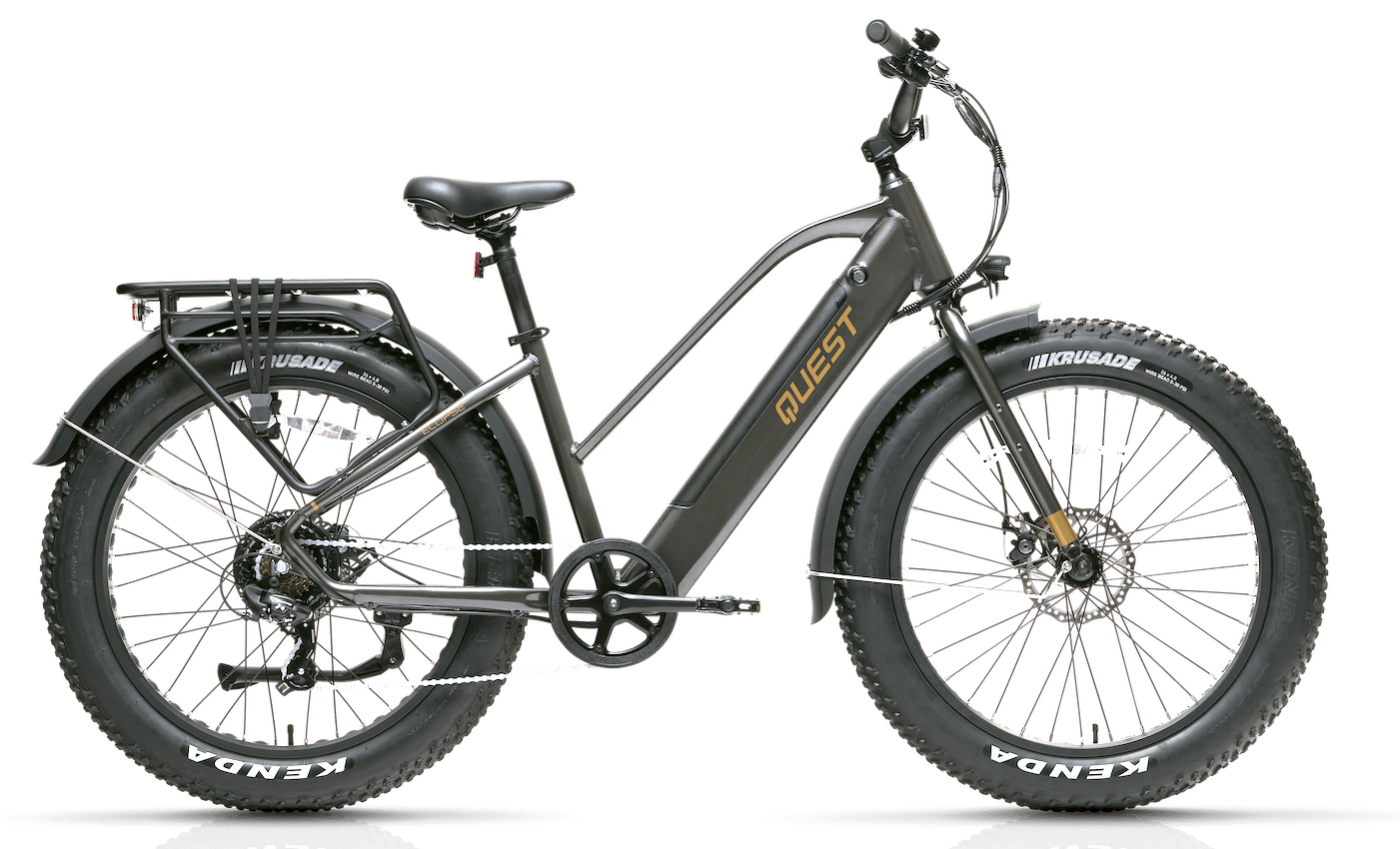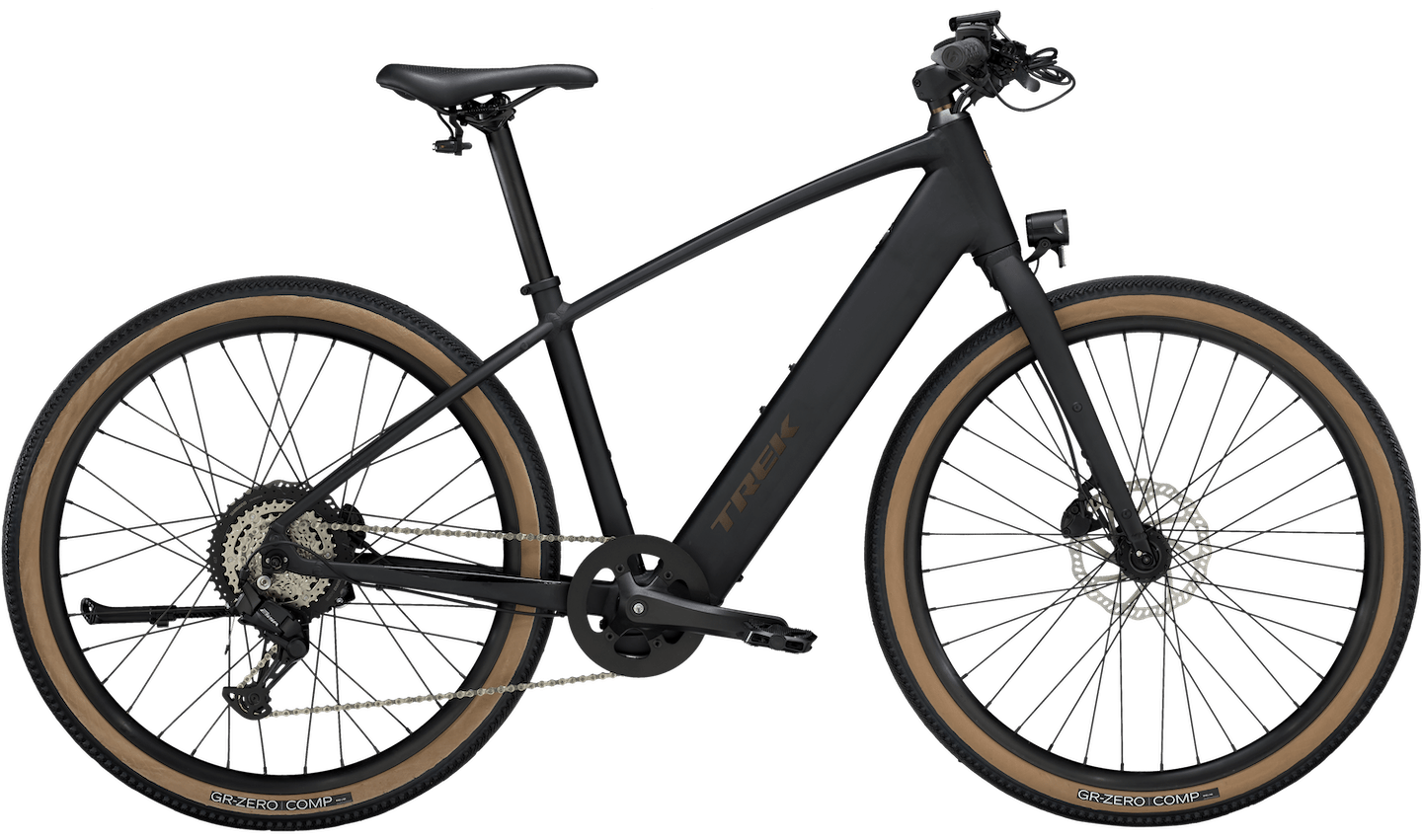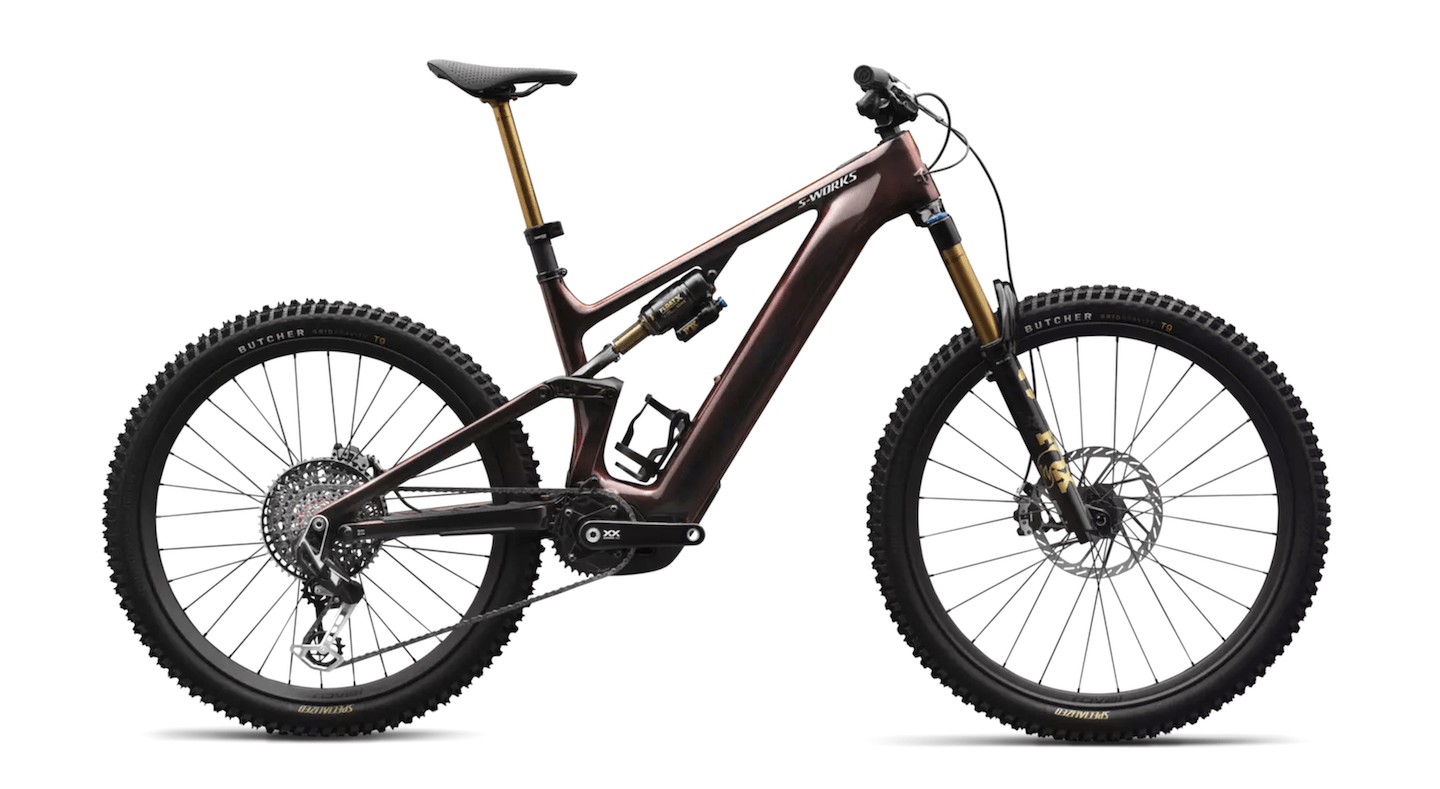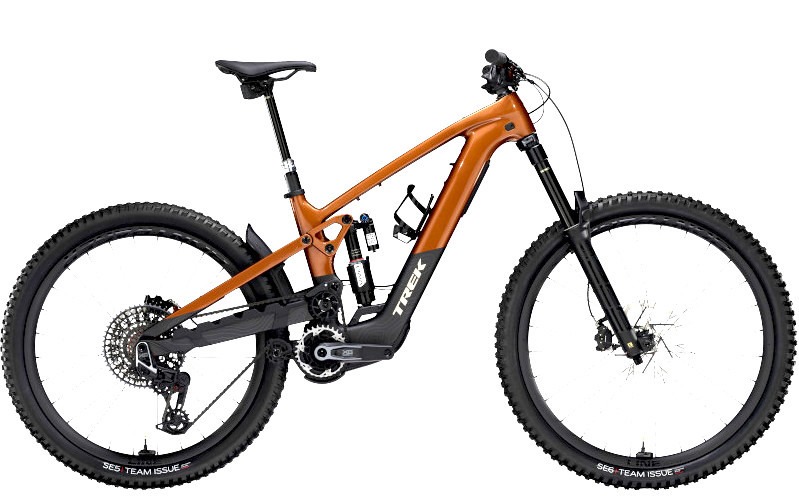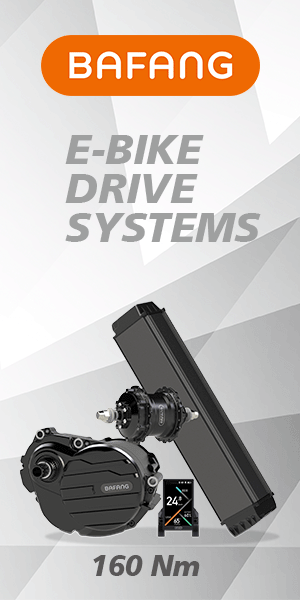August 18, 2021 - As the Chairman and co-founder of the Cycling Embassy of Denmark, Marianne Weinreich, has been emersed in promoting mobility and cycling solutions for over two decades. Along with her role as the Marketing Manager Smart Mobility at Ramboll Group, a global engineering consultancy firm, she’s become a strong advocate for sustainable mobility as “the glue that holds our daily lives together.”
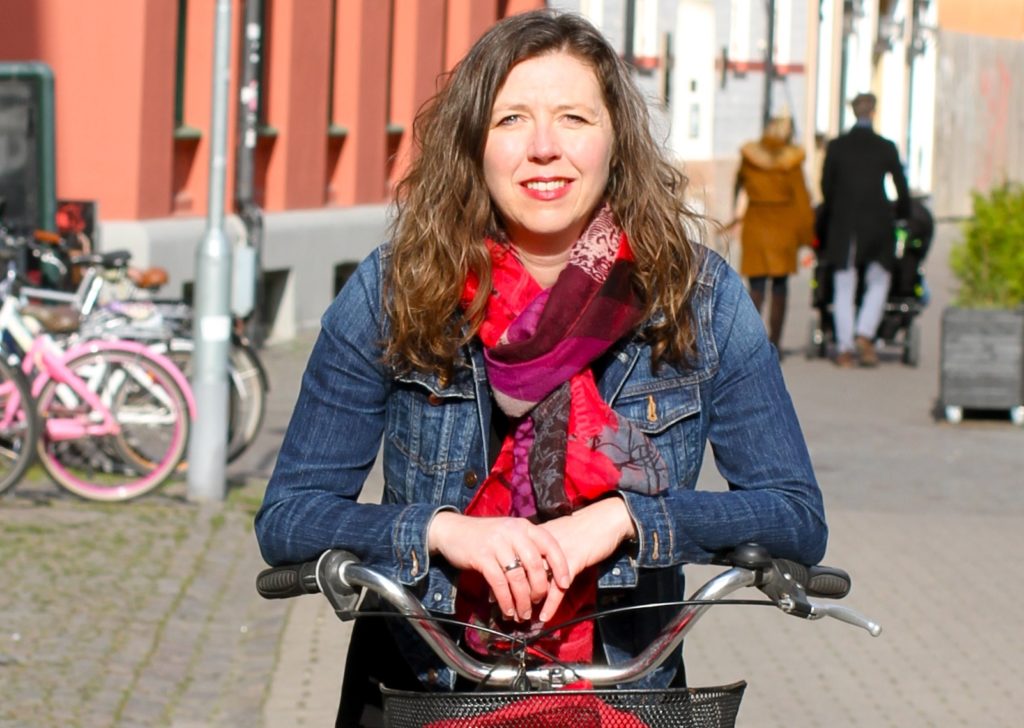
Communication is key for Weinreich, who originally planned to be a teacher, and eBikes International caught up with her recently for her take on smart cities, mobility, cycling, and women biking in heels.
“In the 90s cycling was declining. We needed to get people back on their bikes,” says Weinreich about her time at a small consultancy in Odense, Denmark. “Transportation isn’t the core activity. It’s a by-product of what we need to do, to get to the places we need or choose to be.”
Weinreich’s passion is to normalize cycling as a smart, easy and sustainable solution to creating more livable cities. “The bike a key part of mobility. It’s the most effective means of transportation in terms of energy use. It’s green, has no emissions and doesn’t take up much space,” she asserts. “Bikes are very efficient. You can move a lot more people in a bike lane than (cars) in a car lane.”
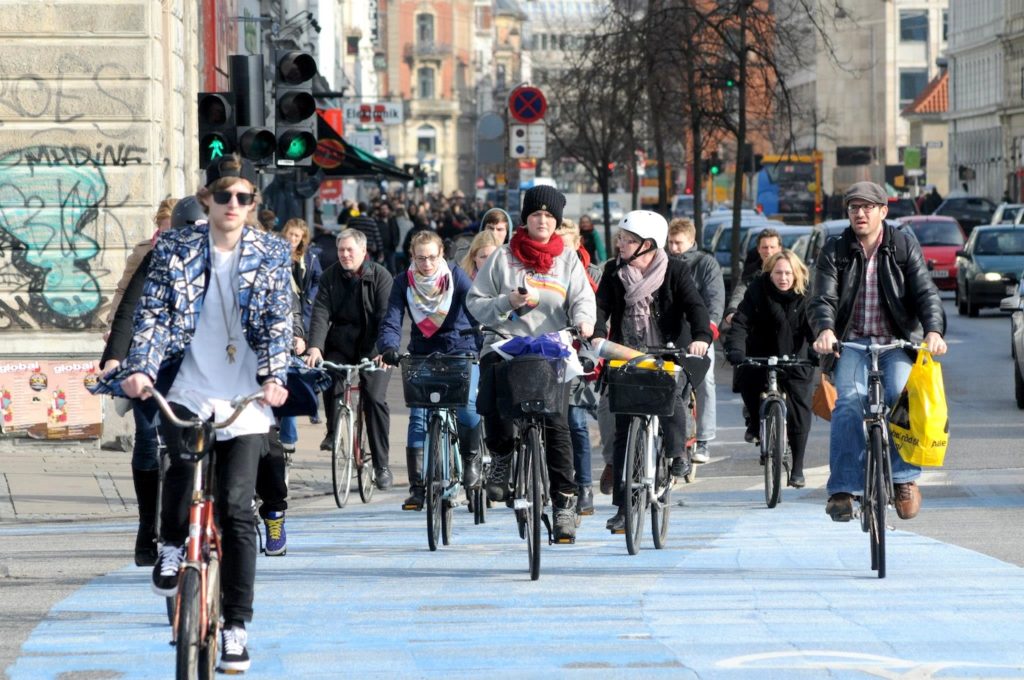
Cities and cycling are a paramount opportunity around the globe. “When it comes to mobility, a Smart City means it’s sustainable – anything not sustainable is not smart,” says Weinreich. “Technology is not the goal. It’s an enabler for people. It’s about making people’s daily lives better, healthier and more livable.”
Many cities take an ITS (Intelligent Traffic Systems) approach for vehicles, but not bikes she explains. However this is starting to change, as cities like Copenhagen have started to employ ITS strategy to make cycling safer for all – for 8-year-olds going to school and 80-year-olds going shopping.
Safety is a “big one” when it comes to people shedding the car and hopping on their bikes. “It’s (safety) the cornerstone for a cycling city,” says Weinreich. That and connectivity. “We need a network of protected bike lanes and we need to connect everything.
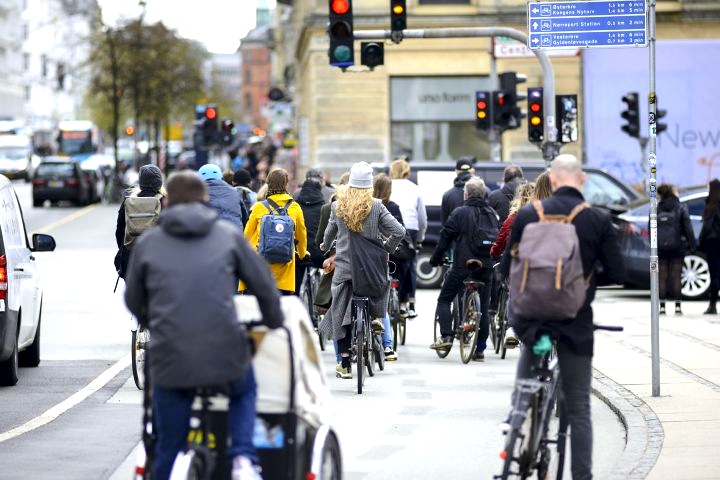
New ITS technologies include initiatives like the Green Wave that’s designed to make sure there are more green than red intersections for cyclists. Information collected through programs like this ensures city planning for bikes is driven by data, not just gut feelings.
Not only do our cities need connected and protected bike lanes, but they also need to understand that every bike ride ends with bike parking. Cities need to be designed so that cyclists feel they matter explains Weinreich. “That you count, that you are welcomed as a cyclist. You feel safe, and you see it everywhere,” she continues.
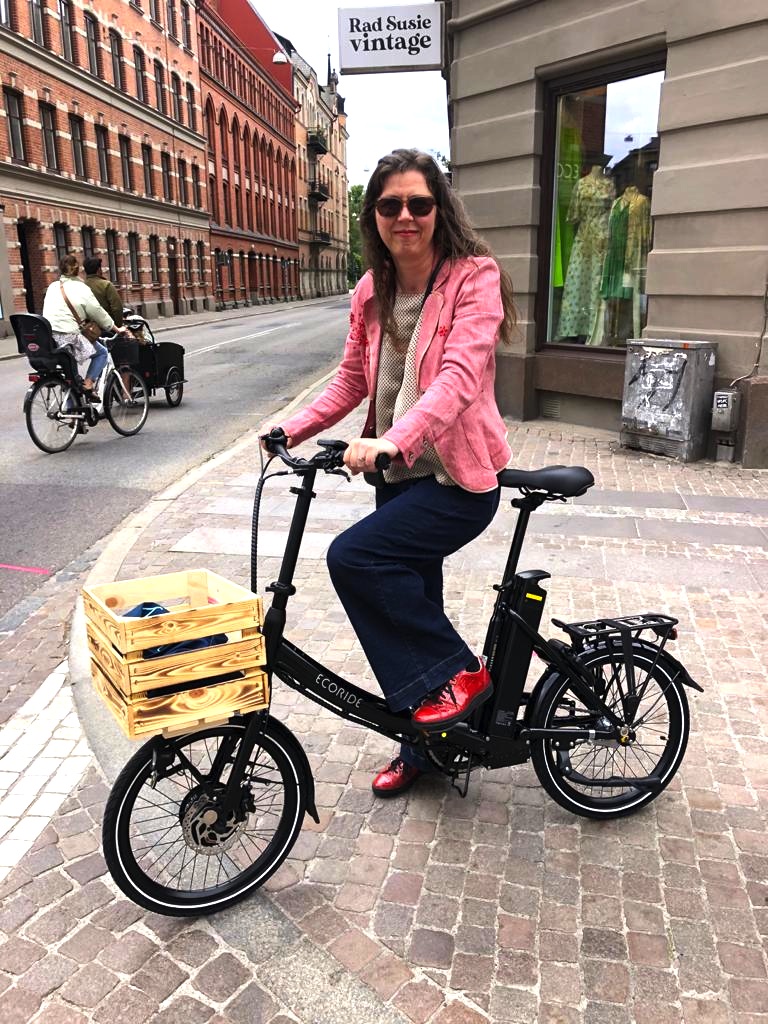
With the future of cities depending on the rise of bikes it’s easy to see how electrification will literally take us even further. E-bikes will make biking even more attractive for people and “really open up the possibilities.”
People will be able to go farther distances and even up hill, without breaking a sweat, something that’s needed according to Weinreich, in order to “normalize cycling.” And with bike sharing, it’s possible for people to cycling without needing to own a bike, especially in a city like Copenhagen, when it can be very difficult to bring your bike into your home or small apartment.
But to make cycling the new norm, more needs to be done, and Weinreich admits that there are still a lot of challenges to overcome. COVID was a great accelerator, proving that when it comes to better cycling infrastructure, a “build it and they will come” approach really played out well.
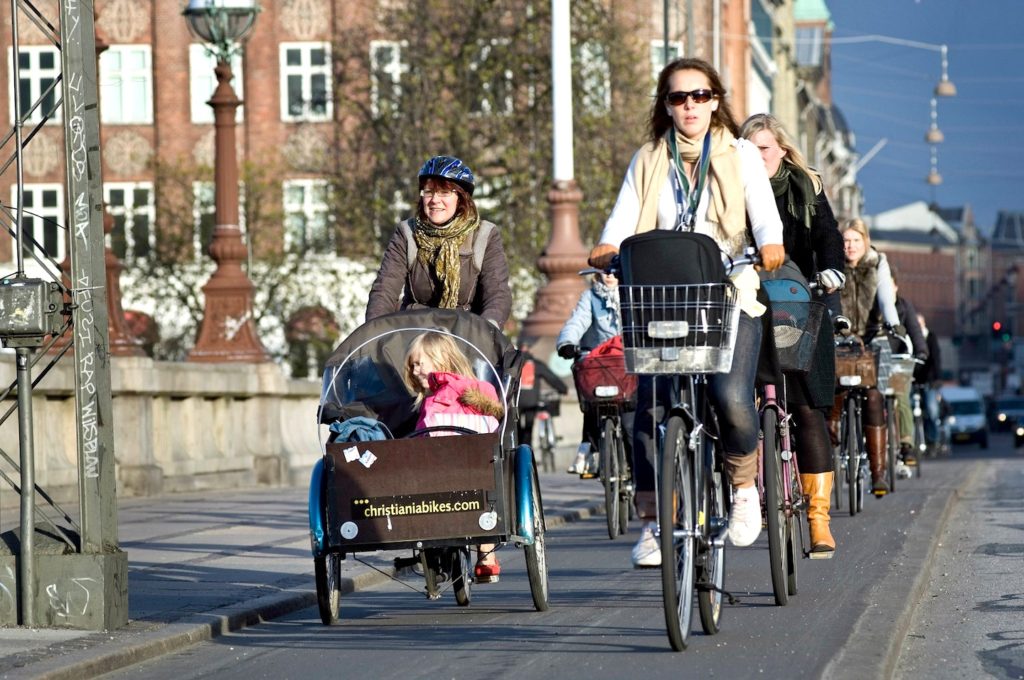
Yet to make cycling mainstream, it needs to be safe, especially for women, who according to Weinreich are more risk averse. “If you want to build a city for cyclists, women are key. Plus, women tend to accompany their children,” she adds.
This thinking was the premise behind the Gender and (Smart) Mobility Green Paper 2021, commissioned by Smart Mobility Ramboll, under Weinreich’s direction. It suggests that if cities develop cycling strategies with the data currently on hand, they will continue to inadvertently build their cities for men. That’s because the data has historically been male-skewed explains Weinreich.
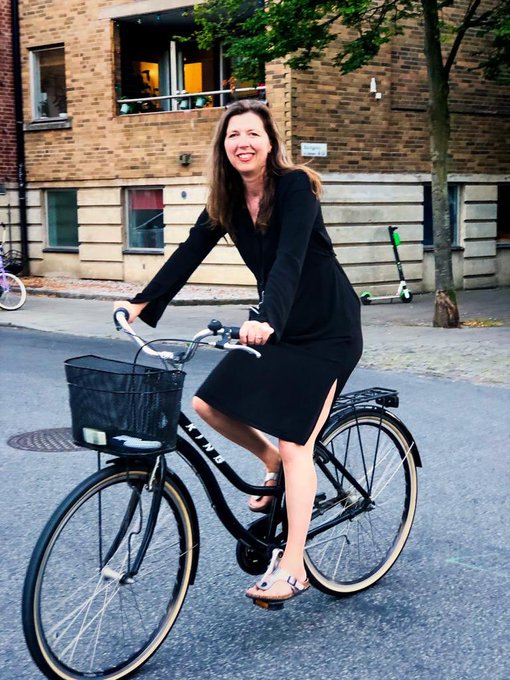
For example, the Paper shows that men in general are more likely to have simple A to B trips, while women tend to have more A to B and C trips, something Weinreich calls “trip-chaining.” City planners need to take in many aspects, but the key is making sure women’s needs are taken into consideration and planned for. “We need to get more women working in the field to gain perspective and acknowledge the gender gaps,” she remarks.
Weinreich’s desire to building more awareness around cycling gender equality can also be seen on the saddle, as she’s often sighted around town biking in her high heeled shoes. With a laugh in her voice says, “Yes, I bike in heels. It’s so much easier than walking in them!”.
All joking aside, it’s an important and intentional message she is trying to send to women. “You don’t need to dress different to ride,” she continues. “You don’t need to wear Lycra. You can wear a skirt and you can wear heels. Dress for the destination, not the ride.”

While she doesn’t own a car, Weinreich was quick to say that she doesn’t hate cars. She believes they should be used for getting out of the city with friends or family and when you have lots of luggage or gear. And when you need a car, consider using a shared one. “For short distances, the car is just not the right or smartest choice – bicycles are best,” she quips.
With Copenhagen planning to be the world’s first carbon-neutral city by 2025, it will need to lean heavily on the bicycle as a strategic part of the Danish capital’s plans. It’s a bit ambitious Weinreich admits, but she hopes that tapping into organizations like the Cycling Embassy, which brings all of Denmark’s cities together, will keep it on track along with what Weinreich calls a “carrot, stick and tambourine strategy.”
Copenhagen has historically used a lot of carrots to create its massive cycling network, but more sticks are required to reduce the number of cars on the streets. That’s where the tambourine chimes in, through the Cycling Embassy’s promotional campaigns spearheaded by Weinreich.

Number one on her list is simply for cities to invest in walking, cycling and public transport. Any investment in active, sustainable and mass mobility solutions will help. “People (62%) in Copenhagen bike to work because it’s easy, safe and fast. It’s imperative that we have mass mobility solutions for the masses.”
According to Weinreich, until we create alternatives to cars, we will always be competing with them. Electric cars are better, but take up just as much space on our streets, and studies show that cars sit idle 95% of the time.
“Overall society gains one euro every time you convert a car kilometre to a bike kilometre,” explains Weinreich. “Cost-benefit analysis experts have done the math, in many cities around the world. Investing in car infrastructure is a cost. Whereas the health benefits from cycling are good ROI.”
Weinreich’s mandate to turn the tide is to invest in active, sustainable and mass mobility solutions – start somewhere and continually build and improve on things. With four bikes, including an e-bike for longer distances and one for guests, Weinreich not only talks the talk, she walks the walk.
For more information on the Cycling Embassy of Denmark visit here.

